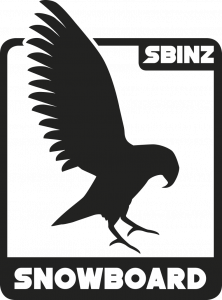The Snowboard Turn explores how snowboarders can alter their path down the mountain by making turns of different shapes, sizes and performance. Alongside this, we will look at the different turn phases which are particularly useful when communicating the sequence of events to students. We will also explain the variety of turn types that can be used and consider the forces that impact the turn.
Beginner Turns
This is the easiest method of turning a snowboard for a beginner student, whilst helping to build good technique and efficient movements from which to improve. Initially, beginner students will be making a medium, closed, skidded turn, extending slightly at edge change, with the edge change occurring in the fall line.
VIDEO: Beginner Skidded Turns with Rich Waldie
Beginner Turn Characteristics
The characteristics of the beginner turn include:
9
Medium in size - As most riders will be in the cognitive phase of learning we need to give them time to make each movement without a large increase in speed. Smaller turns require faster movements and larger turns require more comfort with speed.
9
Closed in shape - Beginner riders will want to travel at a comfortable pace and understand how to control their speed.
9
Skidded - Initially, beginner riders will have a limited understanding of how to create edge angle efficiently and will balance with a lower edge angle. This will also help them control their speed.
9
Extending to change edges - For beginner riders to move their hips laterally across the board and balance over the new edge, it’s a lot easier to rise up or extend slightly at the edge change, then gradually flex through the completion.
9
Edge changes in the fall line - As beginner riders tend to be wary of catching an edge they will be making their edge changes in the fall line.

